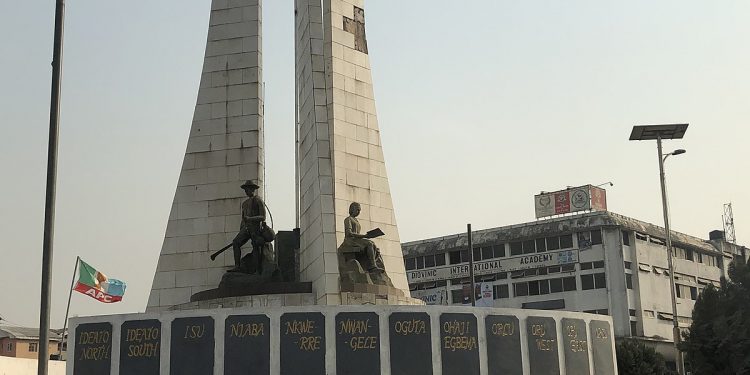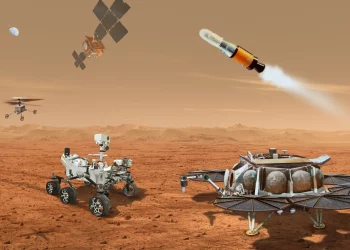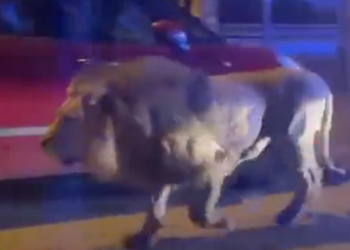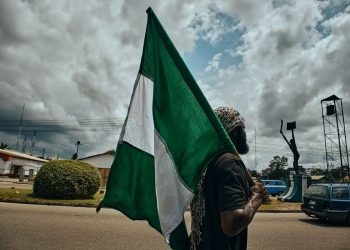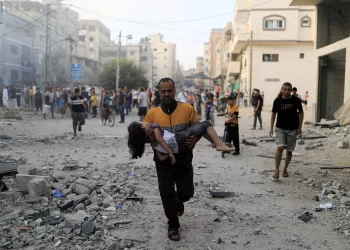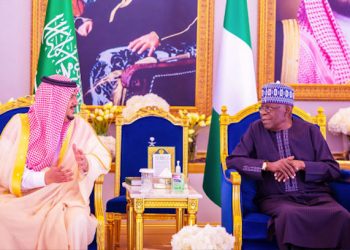As the Nigerian Army day celebration holds in Imo State from June 29 to July 6, 2022, Clariform investigations have unearthed some issues about the Army that could be of interest to our readers.
Our look at some of these issues was informed by the endless cries of marginalization from certain quarters in the country.
Our investigation was also necessitated by the current insecurity across the country, and especially the surge of the worse of this spate of killings, kidnappings and all natures of criminal activities in the South East where the Nigerian Army are preparing to celebrate its 159 years of existence at the Nigerian Army Day celebration (NADCEL) in Owerri, Imo State.
Investigation shows that Imo State and the entire South East where the Army will be gathering for their celebration is a place where there is hardly any presence of the Nigerian Army in terms of developmental institutions and military endowments of any type.
The best you have of their (Nigeria Army) impact in the South East is the presence of soldiers on the streets of Owerri and all towns in the region, where they have been accused of harassments, abduction and murder of defenseless civilians.
So, as the Army commences their Nigerian Army Day celebration (NADCEL) 2022 in Owerri, Imo State, let us look at some issues like the distributions of power in the Nigerian Army, military installation and formations of the Army.
Chiefs of the Nigerian Army
Following is a chronological list of officers holding the position of General Officer Commanding (GOC) or Chief of Army Staff (COAS) from 1956 till date.
| Officer | Title | Period Served | Remarks |
| Maj Gen Kenneth G. Exham | GOC | 1956–1959 | Duke of Wellington’s Regiment |
| Maj Gen Norman Foster | GOC | 1960–1962 | |
| Maj Gen John Alexander Mackenzie | GOC | 1963 | 2nd Battalion, The Lancashire Fusiliers |
| Maj Gen Sir Christopher Welby-Everard | GOC | 1963–1965 | Last British GOC |
| Maj Gen Johnson Aguiyi-Ironsi | GOC | 1965–1966 | Later military ruler |
| Lt Col Yakubu Gowon FSS | COAS | January 1966 – July 1966 | Later military ruler |
| Lt Col Joseph Akahan OFR FSS | COAS | May 1967 – May 1968 | |
| Maj Gen Hassan Katsina rcds psc | COAS | May 1968 – January 1971 | |
| Maj Gen David Ejoor | COAS | January 1971 – July 1975 | |
| Lt Gen Theophilus Danjuma | COAS | July 1975 – October 1979 | |
| Lt Gen Ipoola Alani Akinrinade CFR FSS | COAS | October 1979 – April 1980 | |
| Lt Gen Gibson Jalo CFR FSS JSS | COAS | April 1980 – October 1981 | |
| Lt Gen Mohammed Inuwa Wushishi CFR FSS | COAS | October 1981 – October 1983 | |
| Maj Gen Ibrahim Babangida | COAS | January 1984 – August 1985 | Later military ruler |
| Lt Gen Sani Abacha GCON, DSS mni | COAS | August 1985 – August 1990 | Last military ruler |
| Lt Gen Salihu Ibrahim FSS FHWC | COAS | August 1990 – September 1993 | |
| Lt Gen Aliyu Gusau Mohammed DSS rcds | COAS | September 1993 – November 1993 | |
| Maj Gen Chris Alli CRG DSS ndc psc(+) | COAS | November 1993 – August 1994?? | |
| Maj Gen Alwali Kazir DSS Usawc psc(+) | COAS | August 1994 – March 1996 | |
| Lt Gen Ishaya Bamaiyi DSS Usawc psc(+) | COAS | March 1996 – May 1999 | |
| Lt Gen Victor Malu DSS mni fwc psc | COAS | May 1999 – April 2001 | |
| Lt Gen Alexander Ogomudia | COAS | April 2001 – June 2003 | Later Chief of Defence Staff |
| Lt Gen Martin Luther Agwai | COAS | June 2003 – June 2006 | Later Force Commander of the UNAMID |
| Lt Gen Owoye Andrew Azazi | COAS | 1 June 2006 – May 2007 | Later Chief of Defence Staff |
| Lt Gen Luka Yusuf | COAS | June 2007 – August 2008 | |
| Lt Gen Abdulrahman Bello Dambazau | COAS | August 2008 – September 2010 | |
| Lt Gen Onyabor Azubuike Ihejirika | COAS | September 2010 – January 2014 | |
| Lt Gen Kenneth Minimah | COAS | January 2014 – July 2015 | |
| Lt Gen Tukur Yusuf Buratai | COAS | July 2015 – January 2021 | Commander Multinational Joint Task Force (May 2015 – January 2021) |
| Lt Gen Ibrahim Attahiru | COAS | January 2021 – May 2021 ( died in office) | |
| Lt Gen Farouk Yahaya | COAS | 27 May 2021 – till date |
Formations of the Nigerian Army
Current formations of the Army across the country and their headquarters includes the following:
Mechanized Division — The headquarter is in Kaduna, the capital city of Kaduna State, in Nigeria`s North-West region.
Mechanized Division — The headquarter is in Ibadan, the capital city of Oyo State, in Nigeria`s South-West region.
Armoured Division — The headquarter is in Jos, the capital city of Platue State, in the Nigeria`s Middle belt region.
Amphibious Division — The headquarter is in Port Harcourt, the capital city of Rivers State, in Nigeria`s South-South region.
Infantry Division (OP-LD) — The headquarter is in Maiduguri, the capital city of Borno State, in Nigeria`s North-East region.
Task Force Division — The headquarter is in Sokoto, the capital city of Sokoto State, in Nigeria`s North-West region.
Division (Amphibious) — The headquarter is in Lagos, Nigeria`s commercial capital, in Nigeria`s South-West region.
Composite Division (Airborne and Amphibious) — The headquarter is in Enugu, former Biafran capital, in Nigeria`s South-East region.
Guards Brigade — The headquarter is in Abuja, Nigeria`s political capital, in Nigeria`s Northern region, even though considered as central and administered separately.
Major military installations and locations
The following are the locations of Nigerian Army military installations in the country:
Ribadu Cantonment (Kaduna)
Adaka Boro Barracks (Elele)
Giwa Barracks (Maiduguri)
Maimalari Barracks (Maiduguri)
Fort Nagwamatse (Kontagora)
Obienu Barracks (Bauchi)
Ejoor Barracks (Effurun)
Camp Wu Bassey (Abuja)
Fort IBB (formerly Fort Obasanjo) in Abuja
Sani Abacha Barracks (Abuja)
Yakubu Gowon Barracks (Abuja)
Aguiyi-Ironsi Barracks (Abuja)
Gado Nasko Barracks (Abuja)
Mogadishu Barracks (Abuja)
Therefore, as the Nigerian Army gathers in the city of Owerri for their one-week long Nigerian Army Day celebration (NADCEL) 2022 celebration, much of what will be left in the state when they are gone, will be soldiers on the streets and not much of developmental projects or institutions that may in anyway impact the life of the people in the region.


